Historical Development of ICCP Accreditation Programs
The Accreditation Program of the ICCP has been the result of the joint effort of many people over the years and this section intends to keep the memory of this track and yield tribute to those who contributed with their work and capacities on a voluntary basis to build a remarkable success history of the ICCP. The first proposal for an ICCP Accreditation Program dates back to 1986 at the meeting in Doncaster (UK) and Dr. A. Harold V. Smith was instrumental in pushing the process. The vitrinite reflectance analysis and maceral group composition in coal were the two kinds of analysis considered mature enough to be part of an Accreditation Program. The accreditation procedures were first established at the meeting in Aachen (Germany) in 1988 and the two first round robin exercises were conducted by Dr. Reinhold Kutzner in 1993 and 1994 and the results were evaluated using the reproducibility criteria of ISO 7404. These exercises had a significant number of participants 25 (1993) and 37 (1994) and served to establish the number of samples to be analysed in the future for accreditation (6) and provided a significant amount of data to be statistically evaluated. A periodicity of two years was established at this stage for the Accreditation exercises.
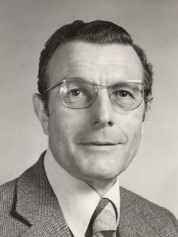 |
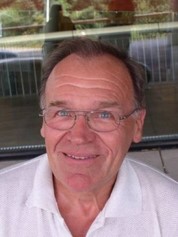 |
AHV Smith. Initial promoter of Accreditation Programs |
Reinhold Kutzner. Convener of 1993-94 pre-accreditation exercises |
Fixing the statistical Evaluation. Two independent teams evaluated the data following different procedures:
i) A chi-squared test (c2) and analysis of Variance (ANOVA) performed by Dr. Willem Fermont and Dr. Petra David and
ii) Applying the Standard Practice for Conducting an Interlaboratory Study to Determine the Precision of a Test Method (ASTM E 691) carried out by Prof. Alan Davis, Dr. Alan C. Cook & Mr. Aivars Depers.
After significant discussion a Z-score technique was selected which is explained in the section Statistical Evaluation in Detail (https://www.iccop.org/accreditation/statistical-evaluation-in-detail/). See Cook et al., 1997 (New Zealand Coal Conference).
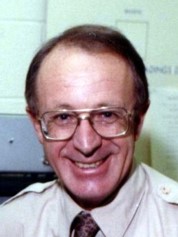 |
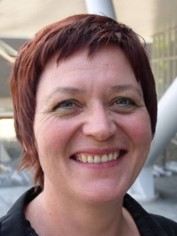 |
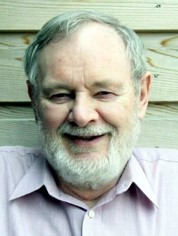 |
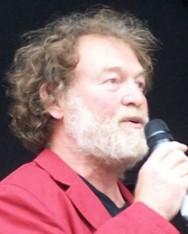 |
 |
Alan Davis |
Petra David |
Alan C. Cook |
Willem Fermont |
Aivars Depers |
The initial evaluation of data was performed using spreadsheet software to deal with data. The various and complex permutations of data involved in evaluation lead to the development of an automated system to perform the evaluation. The first one was a Microsoft’s Access V3 software developed in 1996 by Mr. Sandradurage Padmasiri (Paddy) Ranasinghe and was further adapted in 2006 to perform the evaluation of DOMVR Accreditation Program. The actual evaluation procedure is an Excel-based Program developed by INTERRELATE Lda (a spin-off of the University of Porto) by Prof. Álvaro Figueira and Vilma Ramos in 2015. A similar instrument is used by the three ICCP Accreditation Programs actually available and handles all procedures from the early stages of incorporating participants to evaluation and generation of certificates. Prof. Deolinda Flores was key in the implementation of this procedure.
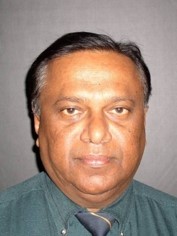 |
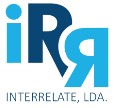 |
|
Paddy Ranasinghe. 1st Evaluation Database |
Interrelate Lda. Excel-based Program developer |
The Accreditation Sub-committee was created at the time the SCAP Accreditation Program was established. Initially the composition of the Sub-committee was the organizer of SCAP, the two Officials in Council from Commission I (since SCAP was an activity of Commission I) and one additional representative of other Commission with the Chair of Commission I chairing the Sub-committee. The first Accreditation Sub-committee consisted of Dr. Walter Pickel (Chair of Commission I), Dr. Deolinda Flores (Secretary of Commission I), Prof. Rosa Menéndez (Chair of Commission III) and Mr. Aivars Depers (Organizer of SCAP). In 2006 two additional tests were incorporated to the Accreditation Program: the Dispersed Organic Matter Accreditation Program (DOMVR) developed in Commission II and the Coal Blends Accreditation Program (CBAP) developed in Commission III. The three Commissions were then involved in accreditation, the need for coordination increased and the tasks of the Sub-committee were re-defined. A new figure was introduced. The so-called external expert, a person with enough experience in the procedures and not belonging to Council, plus a Council representative of each of the Commissions. The Chair was to be elected within the Sub-committee.
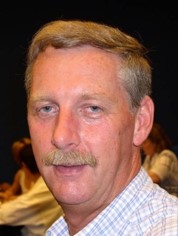 |
 |
|
Kees Kommeren. External expert
|
Paddy Ranasinghe. External expert
|
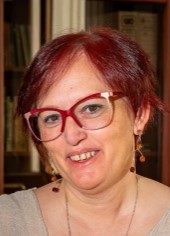 |
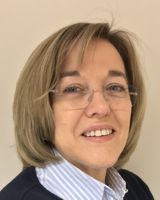 |
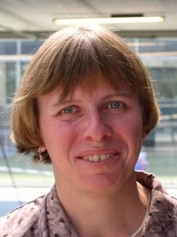 |
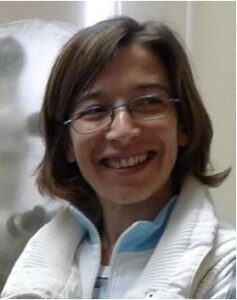 |
Angeles G. Borrego.
|
Deolinda Flores.
|
Magdalena Misz-Kennan.
|
Sandra Rodrigues.
|
The Review Panel was created to deal with appeals against a decision by the Accreditation Sub-Committee. Its principal role is to assess and to make appropriate and timely decisions relating to appeals made by individual petrographers. The members of the Review Panel are appointed by Council on recommendation of the Accreditation Sub-Committee and consist of three world-renowned organic petrographers with a thorough working knowledge of the petrographic methods being assessed by the Accreditation Sub-Committee and currently non-participant in the Accreditation Programs. Experts forming part of the review panel have been: AHV Smith, Reinhold Kutzner and Alan Davis.
 |
 |
 |
AHV Smith
|
Reinhold Kutzner
|
Alan Davis
|
The ICCP currently offers Accreditation in:
Single Coal Accreditation Program (SCAP). In this program the ability of an analyst to identify and quantify the maceral groups and measure the vitrinite reflectance of a coal sample according to ISO standards is tested. The historical development of SCAP is very much linked to that of Accreditation of the ICCP as a whole, since this was the first program operated. The first Organizer was Mr. Aivars Depers and the first formal exercise was run in 1996. After his resignation as organizer, Prof. Kimon Christanis took over this task in 2006.
 |
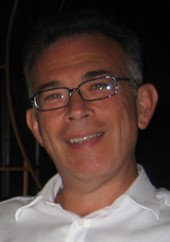 |
|
Aivars Depers.
|
Kimon Christanis.
|
Dispersed Organic Matter Vitrinite Reflectance Accreditation Program (DOMVR). In this program the ability of an analyst to identify and measure the reflectance of vitrinite occurring as dispersed vitrinite in rocks such as carbonaceous shales or hydrocarbon source rocks is tested. The antecedents to this program can be found in the many round robin exercises performed within Commission II to test precision and bias in the measurement of vitrinite reflectance in dispersed organic matter, but more specifically in those of the Qualifying Vitrinite for Reflectance Analysis WG, which were published in 2006 in the Int. J. Coal Geol. (Borrego et al., 2006). The first Organizer was Dr. Alan C. Cook and the first formal exercise was run in 2006. The activities were proceeded by Dr. Angeles G. Borrego from 2010-2018 and in 2018 Prof. João Graciano Mendonça Filho took over the organization of the DOMVR program.
 |
 |
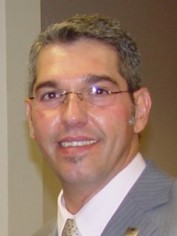 |
Alan C. Cook.
|
Angeles G. Borrego.
|
João Graciano Mendonça Filho.
|
Coal Blends Accreditation Program (CBAP). In this program the ability of an analyst to identify the number and proportion of coals in a blend and their petrographic characteristics such as vitrinite reflectance and maceral group composition according to ISO standards is tested. Organic petrology is the only technique able to yield information of the individual component coals within a coal blend. The antecedents to this program can be found in the exercises carried out within the Coal Blends WG created in 1995 with Prof. Alan Davis as convenor and published in 2000 in the Int. J. Coal Geol. (Davis, 2000). The first Organizer of CBAP was Dr. Isabel Suárez-Ruiz and the first formal exercise was run in 2006. Dr. Małgorzata Wojtaszek-Kalaitzidi continued the task from 2019 onwards.
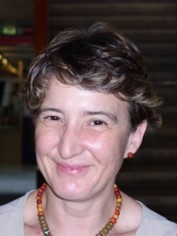 |
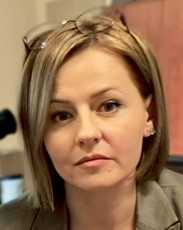 |
|
Isabel Suárez-Ruiz
|
Małgorzata Wojtaszek-Kalaitzidi
|
References
ASTM D7708-11, 2011. Standard Test Method for Microscopical Determination of the Reflectance of Vitrinite Dispersed in Sedimentary Rocks. Annual book of ASTM standards: Petroleum products, lubricants, and fossil fuels; Gaseous fuels; Coal and Coke, sec. 5, v. 5.06: ASTM International, West Conshohocken, PA, p. 823-830.
ASTM E691, 1992. Standard practice for conducting an Interlaboratory study to determine the precision of a test method. American Society for Testing and Materials, Philadelphia, Pa.
Borrego, A.G., Araujo, C.V., Balke, A., Cardott, B., Cook, A.C., David, P., Flores, D., Hámor-Vidó, M., Hiltmann, W., Kalkreuth, W., Koch, J., Kommeren, K., Kus, J., Ligouis, B., Marques, M., Mendonça Filho, J.G., Misz, M. Oliveira, L., Pickel, W., Reimer, K., Ranasinghe, P., Suárez-Ruiz, I., Vieth, A., 2006. Influence of particle and surface quality on the vitrinite reflectance of dispersed organic matter: Comparative exercise using data from the qualifying system for reflectance analysis working group of ICCP. International Journal of Coal Geology 68, 151-170, https://doi.org/10.1016/j.coal.2006.02.002
Cook, A.C., David, P., Davis, A., Depers, A.M., Fermont, W.J.J., Kutzner, R., 1997. An International Accreditation Programme for Maceral and Vitrinite Random Reflectance Analysis. Proceedings of the 7th New Zealand Coal Conference, Wellington, 15-17 October 1997, vol 2: 466-477.
Davis, A., 2000. Petrographic determination of the composition of binary coal blends. International Journal of Coal Geology 44, 325-338. https://doi.org/10.1016/S0166-5162(00)00016-1
Depers, A., 2003. International accreditation in organic petrography: past efforts, present status and future developments. The Mackowsky Symposium in the scope of the 55th ICCP meeting, 13th of August 2003, Utrecht, The Netherlands.
ISO 7404-2, 2009. Methods for the Petrographic Analysis of Coals — Part 2: Methods of Preparing Coal Samples. International Organization for Standardization, Geneva, Switzerland. 12 pp.
ISO 7404-3, 2009. Methods for the Petrographic Analysis of Coals—Part 3: Method of Determining Maceral Group Composition. International Organization for Standardization, Geneva, Switzerland. 7 pp.
ISO 7404-5, 2009. Methods for the Petrographic Analysis of Coal—Part 5: Methods of Determining Microscopically the Reflectance of Vitrinite. International Organization for Standardization, Geneva, Switzerland. 14 pp.
